- Home
- Features
- Movies/Media
- Collectibles
- Comics/Books
-
Databases
-
Figure Database
>
-
X-Plus Toho/Daiei/Other
>
- X-Plus 30 cm Godzilla/Toho Part One
- X-Plus 30 cm Godzilla/Toho Part Two
- X-Plus Large Monster Series Godzilla/Toho Part One
- X-Plus Large Monster Series Godzilla/Toho Part Two
- X-Plus Godzilla/Toho Pre-2007
- X-Plus Godzilla/Toho Gigantic Series
- X-Plus Daiei/Pacific Rim/Other
- X-Plus Daiei/Other Pre-2009
- X-Plus Toho/Daiei DefoReal/More Part One
- X-Plus Toho/Daiei DefoReal/More Part Two
- X-Plus Godzilla/Toho Other Figure Lines
- X-Plus Classic Creatures & More
- Star Ace/X-Plus Classic Creatures & More
-
X-Plus Ultraman
>
- X-Plus Ultraman Pre-2012 Part One
- X-Plus Ultraman Pre-2012 Part Two
- X-Plus Ultraman 2012 - 2013
- X-Plus Ultraman 2014 - 2015
- X-Plus Ultraman 2016 - 2017
- X-Plus Ultraman 2018 - 2019
- X-Plus Ultraman 2020 - 2021
- X-Plus Ultraman 2022 - 2023
- X-Plus Ultraman Gigantics/DefoReals
- X-Plus Ultraman RMC
- X-Plus Ultraman RMC Plus
- X-Plus Ultraman Other Figure Lines
- X-Plus Tokusatsu
- Bandai/Tamashii >
- Banpresto
- NECA >
- Medicom Toys >
- Kaiyodo/Revoltech
- Diamond Select Toys
- Funko/Jakks/Others
- Playmates Toys
- Art Spirits
- Mezco Toyz
-
X-Plus Toho/Daiei/Other
>
- Movie Database >
- Comic/Book Database >
-
Figure Database
>
- Marketplace
- Kaiju Addicts
|
Reptilicus, a giant monster film about a fictional prehistoric reptile, is a Danish-American co-production, produced by American International Pictures and Saga Studios, and is—upon close examination—two distinctly different films helmed by two different directors. The original version, which was shot in Danish, was directed by Danish director Poul Bang and released in Denmark on February 25, 1961. The American version, which was in English with a nearly identical cast, was directed by the film's American producer-director Sidney W. Pink; this version was initially deemed virtually unreleasable by American International Pictures and had to be extensively reworked by the film's Danish-American screenwriter, Ib Melchior, before being finally released in America in 1962. Pink was angry at the changes and wound up in a legal dispute with AIP. After Pink and others viewed the English-language version, the lawsuit was dropped. Reptilicus Resembling a giant dragon-like serpent with webbed wings, Reptilicus, with near-impenetrable armor-plated skin, had the ability to regenerate itself from any segment as well as fly (a feature obscured in the US version, when AIP removed the flying scene). In the US version, an effect was added (albeit randomly and clumsily) where Reptilicus shot a neon-green acid slime from his mouth. The special effect used to bring Reptilicus to life is a wired marionette. Plot Danish miners dig up a section of a giant reptile's tail from the frozen grounds in Lapland, where they are drilling. The section is flown to the Danish Aquarium in Copenhagen, where it is preserved in a cold room for scientific study. But due to careless mishandling, the room is left open and the section begins to thaw, only for scientists to find that it is starting to regenerate. Professor Martens, who is in charge of the Aquarium, dubs the reptilian species "Reptilicus" (upon a reporter's suggestion) and compares its regeneration abilities to that of other animals like earthworms and starfish. Once fully regenerated from the tail section, Reptilicus goes on an unstoppable rampage from the Danish countryside to the panic-stricken streets of Copenhagen (including one of its famous landmarks, Langebro Bridge), before finally being killed with poison by ingenious scientists and military officers. However, the monster's foot is not destroyed and sinks to the bottom of the sea. The movie is left open-ended, with the possibility that the foot could regenerate. Versions Some of the crew work with the Reptilicus marionette among the miniature buildings. Much like Universal Studios' original Dracula film, this film had two different versions: The original version, with the actors speaking Danish, had many more scenes including a romance between Svend and Karen, a comical musical number by Petersen (Dirch Passer), and the original Reptilicus flight scene. The English version, in which the Danish actors are refilmed speaking English (a few of the actors are different, like the character of Connie Miller). AIP used this print and not only redubbed the actors, but drastically cut out many scenes as well as rearranging some (even adding some effects, like Reptilicus shooting acid slime from his mouth). Some additional music by Les Baxter was used as well. The Japanese release title was The Frozen Evil Beast's Onslaught. It was also released as Prehistoric Beast Reptilicus. 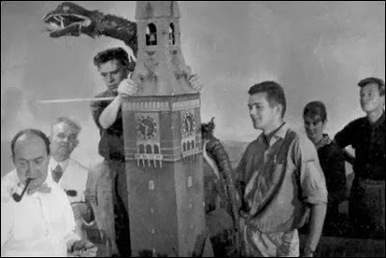 Crew Directors: Poul Bang (Danish Version), Sidney W. Pink (English Version) Producers: Johann Zalabery, Sidney W. Pink US Producer: Samuel Z. Arkoff Writers: Ib Melchior, Sidney W. Pink (Original story) Music: Sven Gyldmark Additional Music in US version by Les Baxter Photography: Aage Wiltrup Cast Carl Ottosen as Gen. Mark Grayson Ann Smyrner as Lise Martens Mimi Heinrich as Karen Martens Asbjørn Andersen as Prof. Otto Martens Bodil Miller as Connie Miller (Danish version) Marla Behrens as Connie Miller (American version) Bent Mejding as Svend Viltorft (Drilling crew chief) Povl Wøldike as Dr. Peter Dalby Dirch Passer as Mikkwlawn Peterson (Night watchman) Ole Wisborg as Capt. Einer Brandt (Royal Danish Guard) Birthe Wilke as Herself (Nightclub singer) Børge Møller Grimstrup as Danish farmer Reptilicus as Himself Reception As Denmark's first and only giant monster film, this film has a cult following in its home country. Sidney Pink tried to get a sequel/remake made, back in 2001 due to the box office hit of Godzilla in 1998, before his death in 2002. Novel and Comic Reptilicus attacks a hunter in the jungle. From issue #2 of the Reptilicus comic published by Charlton Comics. When the copyright expired, Charlton revamped the character into Reptisaurus. A novelization of the film was released in paperback at the time of its original release (Reptilicus by Dean Owen (Monarch, 1961)). In 1961, Charlton Comics produced a comic book based on the film. Reptilicus lasted two issues. After the copyright had lapsed, Charlton modified the creatures look and renamed it Reptisaurus. The series was now renamed Reptisaurus the Terrible and would continue from issue #3 before being cancelled with issue #8 in 1962. This was followed by a one-shot called Reptisaurus Special Edition in 1963. In 2012, Scary Monsters magazine reprinted the Reptisaurus the Terrible series as a black and white collection called Scarysaurus the Scary. DVD
The American version of Reptilicus was released on DVD April 1 2003 by MGM Home Entertainment under the 'Midnight Movies' banner. The Danish version was released on DVD from Sandrew Metronome (Denmark) in 2002.
0 Comments
Legion is a colony of an extraterrestrial species of Silicon-based organisms from the movie Gamera 2: Advent of Legion. These creatures appearing as the main antagonist of the film and the second antagonist species to appear in The Gamera Trilogy. Appearance The Symbiotic Legion, as noted in the movie, are a Silicon-based extraterrestrial lifeform. Legion's exterior greatly resembles that of an insect, especially that of a Rhinoceros Beetle. The Legion do not actually have muscles. Instead, they are able to move through pressurized gas that passes through their seemingly hollow exoskeleton. Their reproduction is unknown except for the fact that they spread through an enourmous pod that they fuel with oxygen to ignite a massive explosion to launch their species throughout the galaxy. The Queen leads this operation. On her abdominal region, she sports multiple egg-cases which house Symbiotic Legion Soldiers which she can dispatch at will to do her bidding. If these workers are not enough to protect their pod, she will emerge to guard its location. 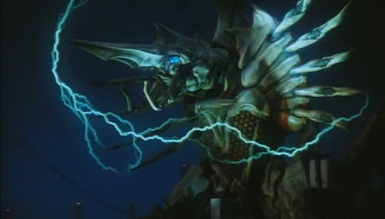 Profile Queen Legion Height: 140 Meters Total Length: 160 Meters Weight: 600 Tons Flight Speed: Mach 1 Tunneling Speed: 50 Kilometers per hour Homeworld: Unknown Favorite Food: Silicon Body: Its body structure is similar to crustaceans. Its body tissue is based on silicon and has a semiconductor like structure. She is durable, able to withstand a frontal assualt from the Japanese SDF and resist Gamera's Mana Blast for several seconds. The Queen Legion does in fact have usable insect-like wings that give her the ability to fly, despite her enormous size. Main Organs: Eyes: Can recognize electromagnetic waves of all wavelengths. Eyes are usually blue but turn red when angered. Mouth: Legion can fire a bluish beam of focused microwaves that is fired from the Queen's upper lip (nasal horn). It can also fire Butte Legion when the part in the center. when it is opened that possesses major destructive powers, able to destroy and entire manufacturing facility in a few blasts and even put holes in Gamera's plated shell. It is sharp enough to leave cuts in Gamera's body. It should be noted that Gamera's hands were burned when it ripped of the top part, implying it is very hot. 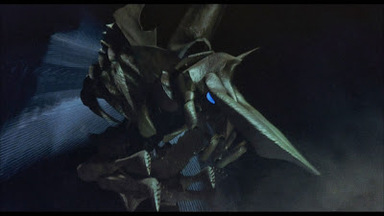 Egg Chamber (Ovary): Legion can produce up to 100 Symbiotic Legion Soldiers an hour from the red egg chamber on her abdomen. These soldiers follow her every command and attack with tooth and claw to the end to protect their colony. Tunneling Arms: Serves the role of excavators allowing Legion to move about freely underground. Rear Legs: Two legs with sickles attached to them. Tt is possible to attack the enemy from underground with them and they have a wide range of motion. Are powerful enough to knock Gamera out of the sky and pierce his shell. Shell: Legion is covered in an insulating material similar to regid silicon resin. Highly durable. Interference Claws: The extra clawed limbs that form a "crown" around Queen Legion's head can produce a variety of electromagnetic waves to deflect missiles and neutralize Gamera's fireballs. In a damage state they can not completely counter stonge projectiles like Gamera's fireballs. Main Technique: Microwave Shell: Using the Nasal Horn and the interference claws Legion can create an electromagnetic field to counter Gamera's plasma fireballs and missiles. Butte Legion: If her nasal horn is torn or blasted off, Queen Legion can produce crimson tendrils the spot in between her nasal horn. They can move about freely and are have high temperature allowing them to cut through Gamera easily. Trivia
The Legion gets their name from a comment a soldier made in the film; quoting the Bible, "And Jesus asked him, "What is thy name?" He replied, "My name is Legion, for we are many." Mark 5:9 The Queen Legion is the second female monster to appear in the Gamera series, the first being Jiger. The Queen Legion is by far the largest monster Gamera has ever fought. King Caesar (キングシーサー Kingu Shisa) is a fictional Kaiju from the Toho produced Godzilla series. King Caesar's appearance was inspired by the Shisa, a beast that looks like a combination between a dog and a lion. It first appeared in the 1974 Showa film Godzilla vs. Mechagodzilla. It then appeared thirty years later in the 2004 Millennium film Godzilla: Final Wars. Appearance King Caesar is a combination of a dog and a lion, and possibly some type of reptile. He has large clumps of light brown fur growing on different areas of his body. His skin is made up of brown scales. King Caesar has a row of gems on his head that make up a crown like shape. In order to awaken King Caesar, a direct descendent of the royal Azumi family must sing his activation song. Years later when King Caesar appeared in Godzilla Final Wars he did not need a song to awaken. Special powers Within the context of the character's fictional universe, King Caesar possesses remarkable speed, athleticism, durability and fighting prowess. King Caesar also had the ability to shoot energy back at his opponents if they shoot energy attacks into his eyes. He used this twice with great effectiveness against Mechagodzilla before the robot wisely changed tactics and used missiles instead. The Millennium incarnation in particular displayed great lower body strength, and was able to leap high in the air and roundhouse-kick the much heavier and spiked Anguirus like a soccer ball. In the video game Godzilla: Unleashed, King Caesar was able to absorb sunlight and release it as a beam weapon; this ability was never shown in the film continuity. Origins Showa In Godzilla vs. Mechagodzilla, King Caesar was the guardian of the Azumi family. He could be awakened by fulfilling a prophecy and an ancient song. The Simians knew about Caesar and that it would awaken to prevent them from attempting world domination. When their Mechagodzilla was repaired after being damaged, the aliens sent the cyborg to conquer the Earth once more. King Caesar was awakened and he confronted the robot. At the beginning, Caesar was able to successfully fight back by reflecting the cyborg's laser beams through his own eyes and then reflecting the projectiles back at his adversary. However, Mechagodzilla was too strong even for the guardian and almost defeated Caesar. However, Godzilla arrived to aid King Caesar. Still, Mechagodzilla was more powerful than both of them and horribly outmatched the duo. Godzilla, who had been struck by lightning repeatedly prior to this battle, converted that electrical power into an electro-magnetic attraction ability, essentially becoming a living super electro-magnet during the fight and used it to pull Mechagodzilla towards him when the latter attempted to flee when it began to run low on power and ammunition. Godzilla held his robotic clone in place, allowing Caesar to ram the giant robot repeatedly. Godzilla finished off the machine by ripping off its head, and fell into the sea when Mechagodzilla's body exploded. King Caesar then returned to the rock formation from where he emerged. The alien base built into the mountain then self-destructed, sealing the entry and allowing King Caesar to rest peacefully until he would be needed again. Millennium In Godzilla: Final Wars, King Caesar was one of the many controlled monsters of a race of alien beings known as the Xiliens. He appears in Okinawa (in a twist of irony, as he was its protector in the Showa series). King Caesar stomps through a factory, crushing everything in his path. Suddenly, an enormous flying object arrives on the scene and removes the giant monster. The same thing happens to all the other monsters that were attacking the cities throughout the world. The Xiliens come and tell Earth that they saw that the planet was under attack and destroyed the towering titans to save Earth and that a meteor is falling to Earth, threatening all life. However, it is discovered that the Xiliens were controlling the various monsters and that the meteor did not exist. The Xiliens then release the monsters to finish destroying the cities. However, the crew of the Gotengo freed Godzilla and lured him to the places where the controlled monsters were so he could fight them. King Caesar, Anguirus and Rodan are pitted against Godzilla at Mt. Fuji. He successfully defeats all three monsters. King Caesar, Anguirus and Rodan are then left in a heap at the base of the mountain. Godzilla did not kill his fallen foes as a nod to their status as allies of Godzilla during the Showa era. This is in contrast to the remaining majority of the monsters seen in the film, all of whom, aside from Zilla, were enemies of Godzilla during the Showa era, and were slain either by Godzilla, the Gotengo, or the mutants who were part of an anti-monster task force near the beginning of the film. Film Appearances Godzilla vs. Mechagodzilla Terror of Mechagodzilla (Stock Footage) Godzilla Final Wars Video games
King Caesar appears in the video games Godzilla Trading Battle, Godzilla: Unleashed as a playable character, sporting a look with similarities to both Showa and Millennium era designs. He is able to fire solar heat beams from his eyes. Manda (マンダ) is a fictional Kaiju (Japanese giant monster) created by the Japanese film making company, Toho. Manda is a serpentine creature similar to a Japanese dragon with four small legs and prominent horns. Manda does not have any special weapons, but can wrap his body around an enemy and crush them in the manner of a constrictor snake. Manda can also swim very fast and breathe underwater. His first appearance is in Atragon (1963). Origins Showa Series In Atragon, Manda is a sea-dwelling dragon that lives in the sea and is the guardian of Mu, an underwater kingdom. Manda is one of the primary antagonists along with the Empress. When the submarine warship Gotengo attacks, Manda fights it and wraps his body around the ship, trying to crush it. But the Gotengo discharges electricity on Manda and shocks him. Manda unwraps itself and tries to swim away, but the Gotengo pursues him, later firing its Absolute Zero Cannon to freeze Manda. Manda reappears again on Monster Island (along with several other kaiju including Godzilla, Rodan and Anguirus) in Destroy All Monsters. Aliens called Kilaaks come to Earth and take control of Manda and the other monsters, making them attack cities worldwide until the humans manage to free the monsters from alien mind control. After this the monsters are sent to fight King Ghidorah, although Manda does not fight in the battle, merely watching from the sidelines with Varan and Baragon. After Ghidorah is killed, Manda and the other monsters return to Monster Island. The Manda prop used in Destroy All Monsters had no horns or whiskers on his face and the long fuzz running down his back was gone. Millennium series In the Millennium series, Manda is the first monster to be killed in Godzilla: Final Wars, playing a minor role, once again as an adversary of the Gotengo. The Gotengo attacks Manda who is wrapped around its hull. The super-submarine manages to shake him off and sails into an underwater volcano to see if it can lure Manda inside. The plan works, but Manda is merely injured and continues to pursue the Gotengo. The submarine then whips around and fires its Zero Cannon which hits Manda, causing him to freeze instantly, after which Gotengo uses its drill to easily pierce the frozen Manda, causing the monster to shatter and die. In this movie Manda (along with Zilla and Kamacuras while flying) is computer generated. Movie Appearances Atragon (1963) Destroy All Monsters (1968) All Monsters Attack (1969, stock footage) Terror of Mechagodzilla (1975, stock footage) Godzilla: Final Wars (2004) Other Appearances
He also appeared in Godzilla: Monster War. Manda is used as the name for a giant snake, and boss of the Snake Summons in the Naruto manga series. |
Archives
January 2022
Categories
All
|
|
© 2011-2024 Kaiju Battle. All Rights Reserved.
|
Visit Our Social Media Sites
|
Proudly powered by Weebly
|
- Home
- Features
- Movies/Media
- Collectibles
- Comics/Books
-
Databases
-
Figure Database
>
-
X-Plus Toho/Daiei/Other
>
- X-Plus 30 cm Godzilla/Toho Part One
- X-Plus 30 cm Godzilla/Toho Part Two
- X-Plus Large Monster Series Godzilla/Toho Part One
- X-Plus Large Monster Series Godzilla/Toho Part Two
- X-Plus Godzilla/Toho Pre-2007
- X-Plus Godzilla/Toho Gigantic Series
- X-Plus Daiei/Pacific Rim/Other
- X-Plus Daiei/Other Pre-2009
- X-Plus Toho/Daiei DefoReal/More Part One
- X-Plus Toho/Daiei DefoReal/More Part Two
- X-Plus Godzilla/Toho Other Figure Lines
- X-Plus Classic Creatures & More
- Star Ace/X-Plus Classic Creatures & More
-
X-Plus Ultraman
>
- X-Plus Ultraman Pre-2012 Part One
- X-Plus Ultraman Pre-2012 Part Two
- X-Plus Ultraman 2012 - 2013
- X-Plus Ultraman 2014 - 2015
- X-Plus Ultraman 2016 - 2017
- X-Plus Ultraman 2018 - 2019
- X-Plus Ultraman 2020 - 2021
- X-Plus Ultraman 2022 - 2023
- X-Plus Ultraman Gigantics/DefoReals
- X-Plus Ultraman RMC
- X-Plus Ultraman RMC Plus
- X-Plus Ultraman Other Figure Lines
- X-Plus Tokusatsu
- Bandai/Tamashii >
- Banpresto
- NECA >
- Medicom Toys >
- Kaiyodo/Revoltech
- Diamond Select Toys
- Funko/Jakks/Others
- Playmates Toys
- Art Spirits
- Mezco Toyz
-
X-Plus Toho/Daiei/Other
>
- Movie Database >
- Comic/Book Database >
-
Figure Database
>
- Marketplace
- Kaiju Addicts

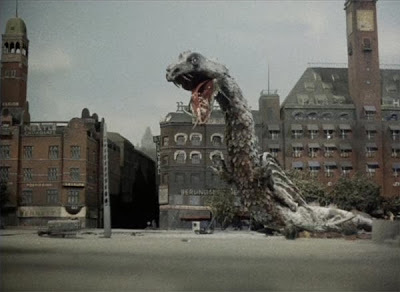
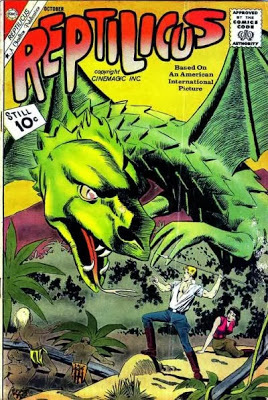
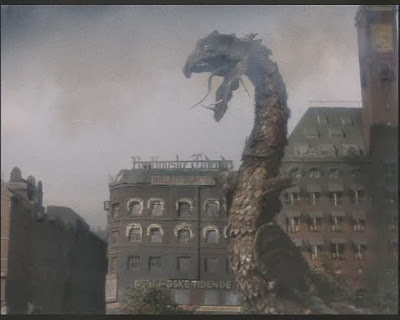
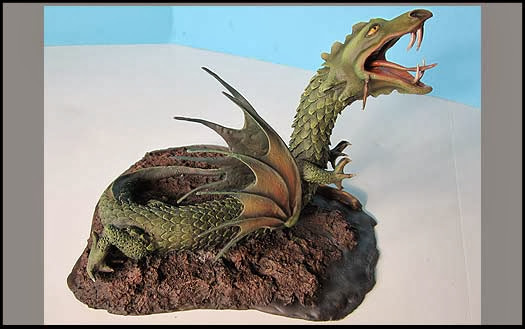
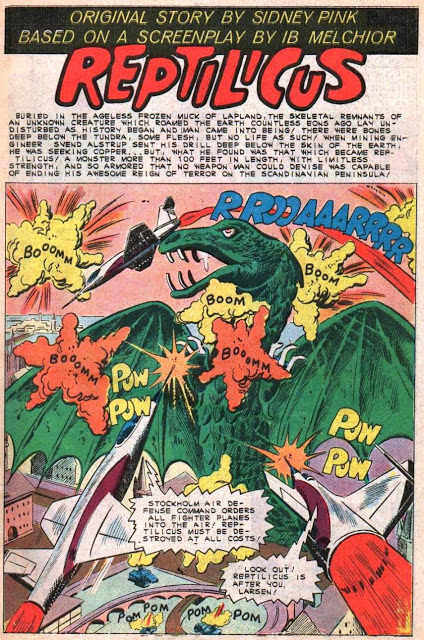
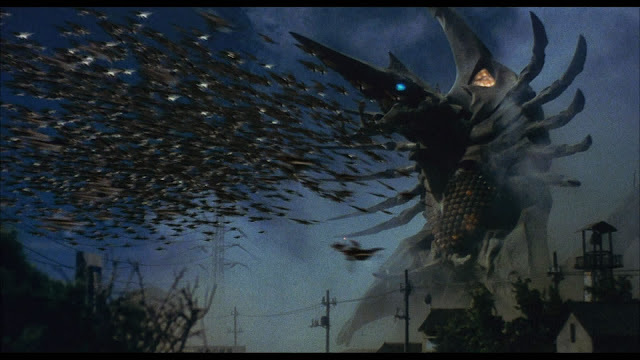
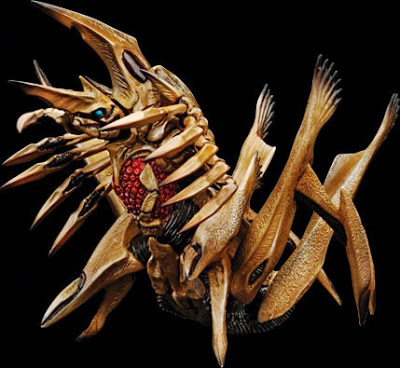
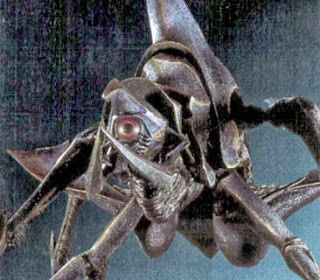
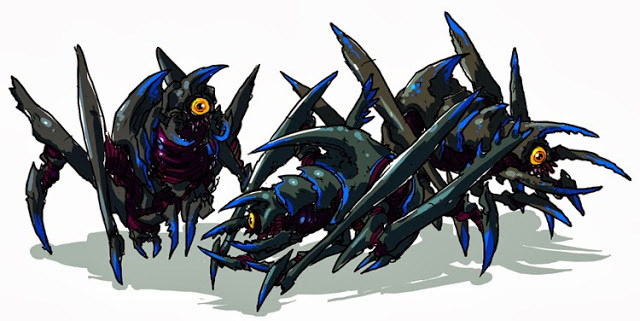
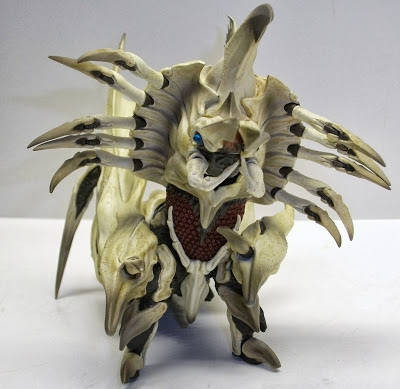
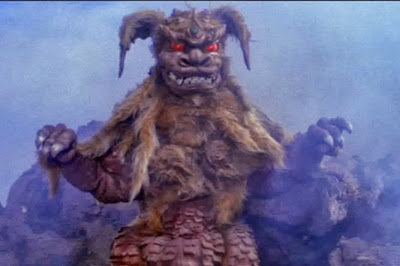
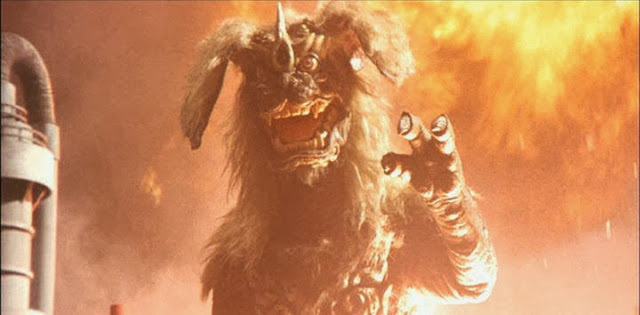
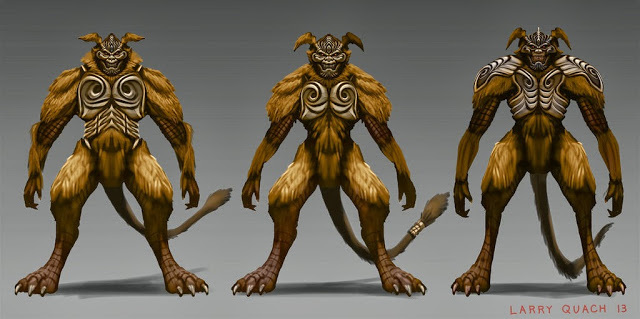
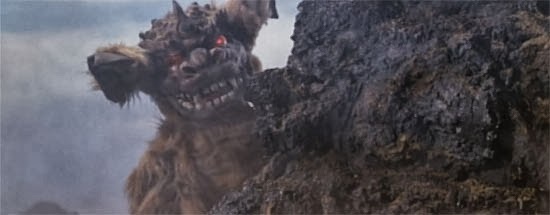
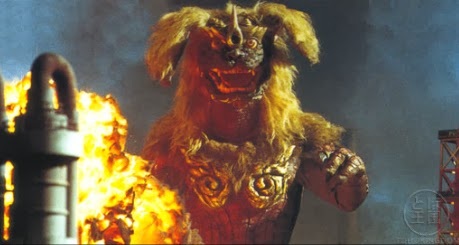
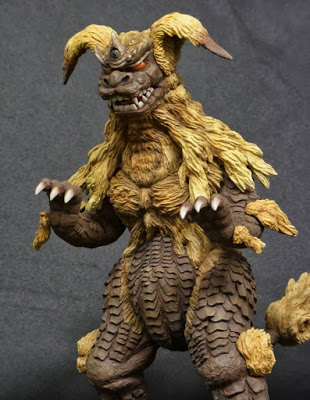
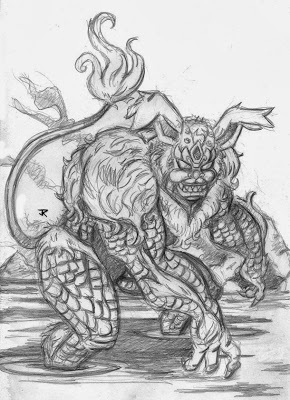
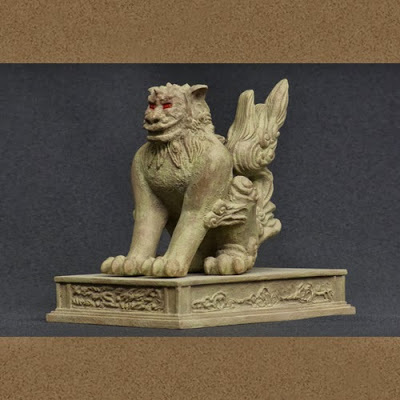
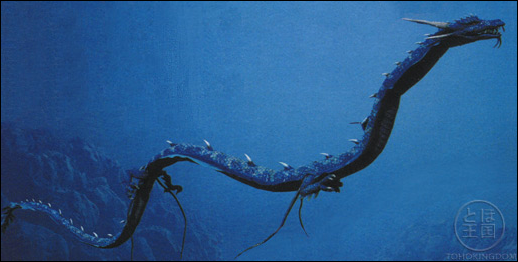
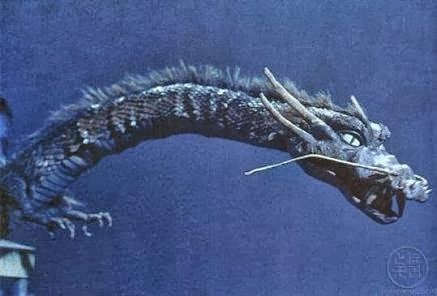
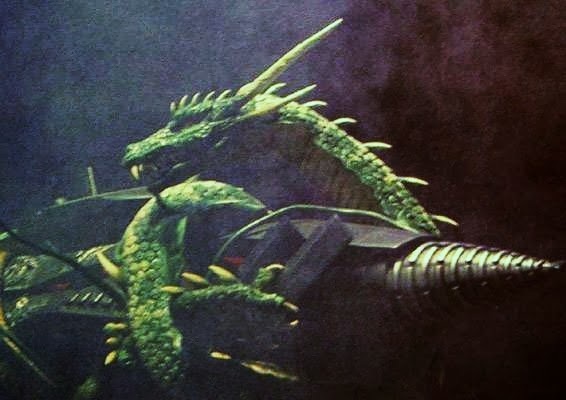
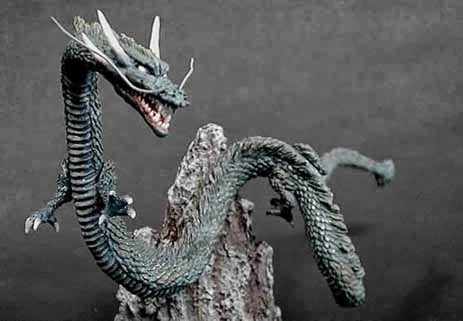
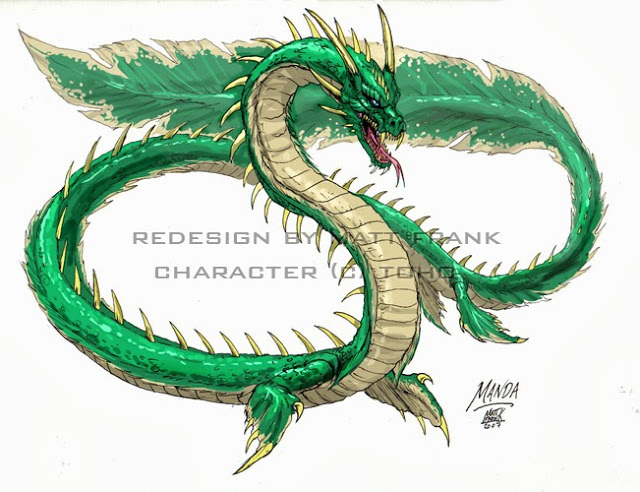
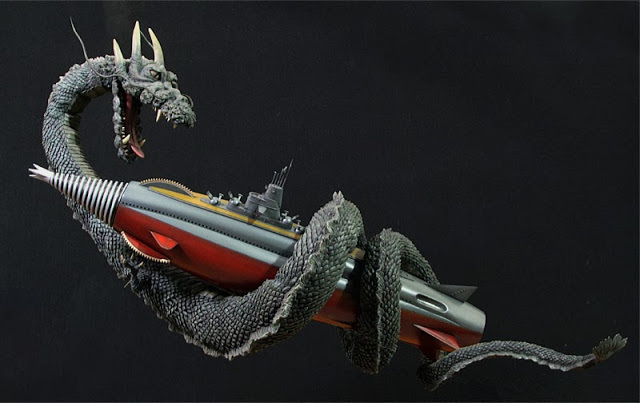
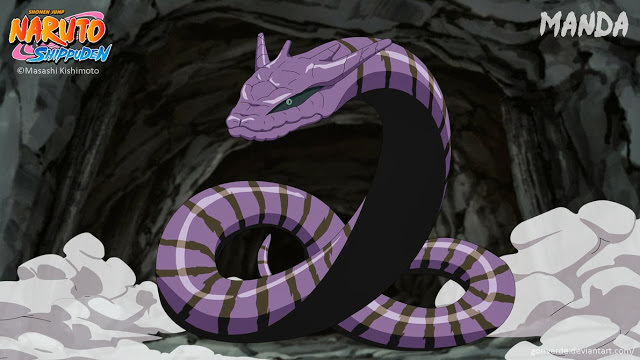
 RSS Feed
RSS Feed